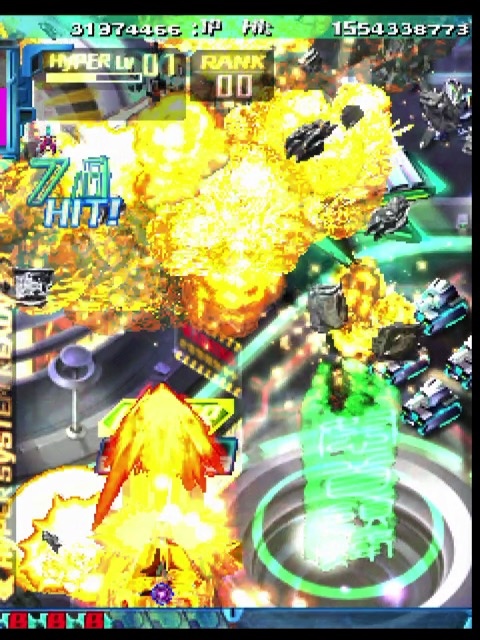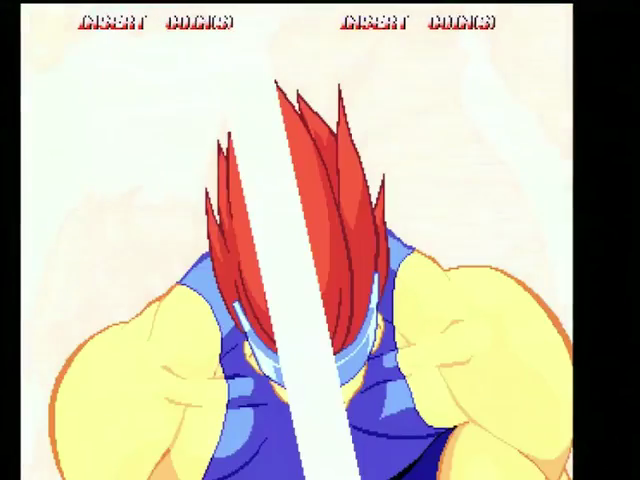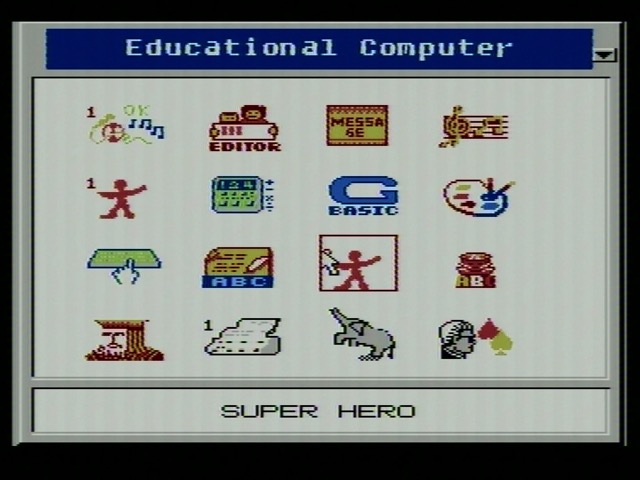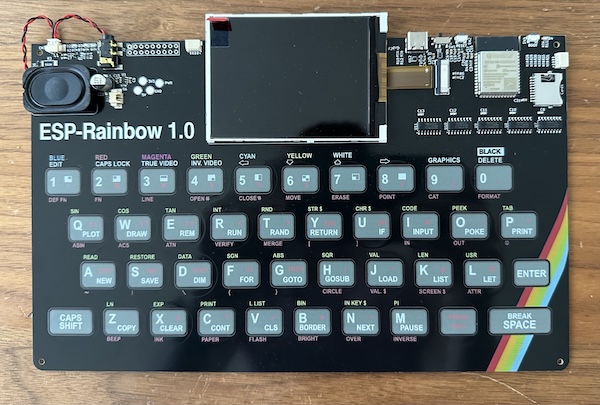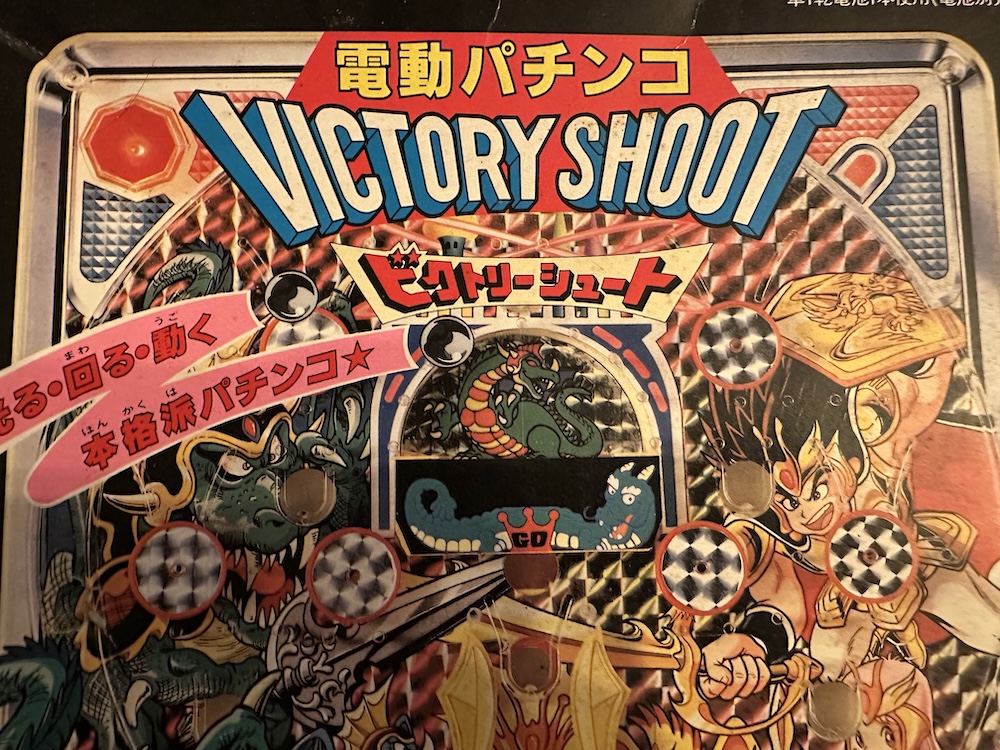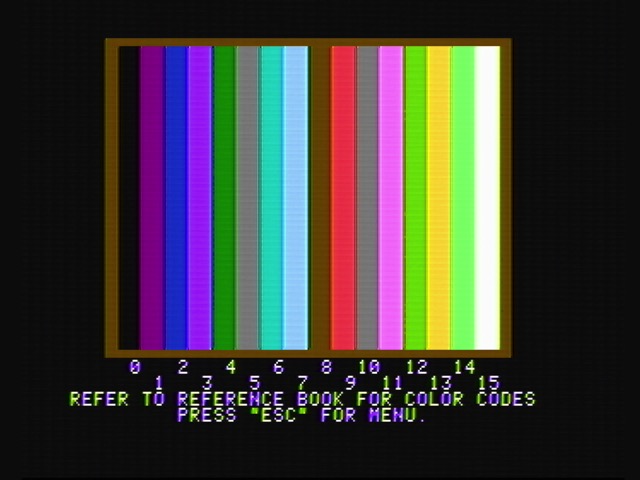-
The CV-1000 returns, but at what cost?
One thing that always amazes me about the arcade industry is the ingenuity of the, shall we say, post-market. Certainly there are simple things like the 60-in-1 or the King of Fighters ‘97 pirate board that are little more than interfaces between MAME and a JAMMA edge, but more interesting things include the Teddy Boy Blues complete recreation of Sega’s System 1 hardware. But what about the CAVE CV1000? Could that be recreated?
-
The Fuuki FG-3 and Asura Buster: The late 90's say Hello
One thing I’ve talked about a few times on this blog is that over the course of the 1990’s, 2D arcade hardware became something you could take for granted; in fact, today you can run pretty much any 2D game you want on an incredibly cheap Raspberry Pi. Some of the later boards we’ve looked at include the lower-end Namco ND-1, the IGS PGM2, and the high-end Cave CV-1000, which used a blitter and framebuffer approach. Let’s look at a monster of sprites and tilemaps from a more modest company at the end of the 2D era: the 1998-2001 Fuuki FG-3.
-
The Master System Girl: A Console with Cooties?
Remember Julius Caesar and the Casio Loopy? Today we’re taking another look at a console designed for a market: this time, Brazilian girls. But I suspect that this one will be a lot more up-front appealing to the readers of this blog (there is actually a big push for the Loopy right now, thanks to the Puppy Love Story translation), because this console can play ALF. Casio Loopy can’t say that. (Homebrew authors, please don’t bother to prove me wrong, that sounds like a massive waste of your time)
-
A Unique, High-Tech (Family) Computer
There’s a concept that many people have tried, with varying effects: the “educational computer”, a device that a parent can buy for their children to learn the basics of the computer, which everyone will need to know in the future, and can also play games, so the children will actually want to use it. These have ranged from plasticky VTech toys with little more than an electronic organizer, to the Wonder Computer of the 1980’s, the Commodore VIC-20, which was a full computer. This is a prime market fit for an aging 8-bit platform, so of course, the Famicom has been wedged into it too… but not by Nintendo.
-
The ESP-Rainbow: Flatter than a Speccy
The ZX Spectrum is beloved of British microcomputer enthusiasts everywhere. (Of course the British are everywhere, hence why they had the whole Empire thing) Its cheerful appearance is iconic even across the pond, with its small plastic case and rubbery “dead-flesh” keyboard. But what if there was a ZX Spectrum with an even worse keyboard? That was the question Atomic14 dared to ask.
-
Victory Shoot: Hanemono in Toy Form
Do you think children should play pachinko, a Japanese gambling game? I certainly don’t, which is why I’m here to make a difference, by buying the Japanese children’s Pachinko machines from the 1980’s and bringing them safely to another continent. No need to thank me, I know I’m a hero. Today, I’m taking a look at Victory Shoot, a toy machine from 1988, the golden era of hanemono machines. An interesting thing is, it’s got something in common with the cutting-edge of 21st century pachinko.
-
Using the Apple ][+ with the RetroTink-5X
About four years ago (?!) I wrote a blog post called The Great Composite Comparison, where I compared a number of methods for upscaling composite video. At the time, I mentioned looking forward to the RetroTINK-5X upscaler, and later that year, I got my hands on one, writing a post on using it with the Pioneer LaserActive. I found it fit for purpose and my personal 5X has been paired with the LaserActive ever since, but I recently got a question: what about with the Apple ][, whose idiosyncratic video system is legendary.

